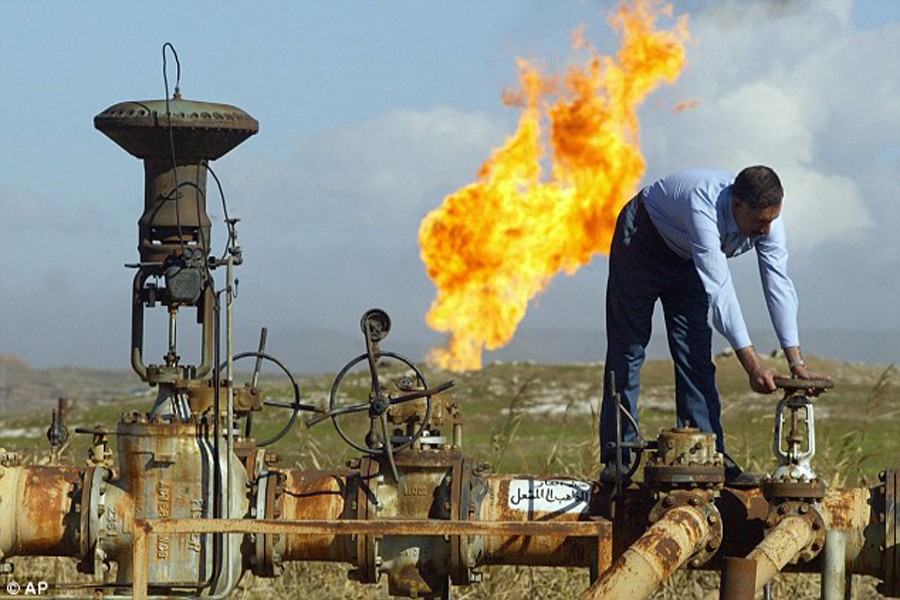
Iraq to export Kirkuk oil to Iran before end of January
Monday, 8 January 2018

BAGHDAD, Jan 7 (Reuters): Iraq will start exporting oil from the northern Kirkuk fields to Iran before the end of January, Iraqi Oil Minister Jabar al-Luaibi told reporters on Sunday in Baghdad.
About 30,000 barrels per day of crude will be trucked to Iran's Kermanshah refinery in the first instance, he said. ''God willing, we will start before the end of the month,'' he added.
Trucking crude to Iran comes under a swap agreement announced last month by the two countries to allow a resumption of oil exports from Kirkuk.
Iraq and Iran have agreed to swap up to 60,000 barrels per day of crude produced from Kirkuk for Iranian oil to be delivered to southern Iraq, Luaibi said last month.
Kirkuk crude sales have been halted since Iraqi forces took back control of the fields from the Kurds in October.
Kurdish forces took control of Kirkuk in 2014, when the Iraqi army collapsed in the face of Islamic State. The Kurdish move prevented the militants from seizing the region's oilfields. Iraq and Iran are also planning to build a pipeline to carry the oil from Kirkuk to avoid having to truck the crude, Luaibi said last month.
The planned pipeline could replace the existing export route from Kirkuk via Turkey and the Mediterranean.
Another report adds: US energy companies this week cut oil rigs for the first week in three even though crude prices hovered near their highest level since the spring of 2015.
Drillers cut 5 oil rigs in the week to Jan 5, bringing the total count down to 742, General Electric Co's Baker Hughes energy services firm said in its closely followed report on Friday.
In the prior two weeks, drillers did not add or remove any rigs.
The US rig count, an early indicator of future output, is much higher than a year ago when only 529 rigs were active. Energy companies boosted spending plans in 2017 as crude prices started recovering from a two-year crash.
The increase in US drilling lasted 14 months before stalling in the second half of last year as some producers trimmed their 2017 spending plans after prices turned softer over the summer.
In 2017, US crude futures averaged $50.85 a barrel, easily topping last year's $43.47 average. This week, futures traded over $62, their highest since May 2015. Looking ahead, futures were trading at $60 for the balance of 2018 and $57 for calendar 2019.
In anticipation of higher prices in 2018 than 2017, US financial services firm Cowen & Co said 21 of the roughly 65 E&Ps they track have already provided capital expenditure guidance indicating a 13 per cent increase in planned spending over 2017.
Cowen said the E&Ps it tracks would spend about $66.1 billion on drilling and completions in the lower 48 US states in 2017, about 53 per cent more than what they planned to spend in 2016.
Analysts at Simmons & Co, energy specialists at US investment bank Piper Jaffray, this week slightly reduced their forecast for the total oil and natural gas rig count to an average of 997 in 2018 and 1,126 in 2019.